This blog post is dedicated to my new kitchen helper, my microwave oven. It helps me to cook healthy food quickly and easily. If you’ve been following me for a while, you probably know that I was rather skeptical about microwaves ovens until now. After Ferdinand Beck “influenced” me, I dug deeper into the subject. I did some scientific examination and and discussed with doctoral students engaged in this field. Surprisingly to myself I came to the conclusion: I want a microwave oven. I learned that it is all about the method of preparation with microwave ovens. This is also where you can go wrong the most. Almost unbelievable, but just the way life is: Before I could decide for one microwave, LG got in touch with me and offered a cooperation to me. I don’t know why, but the law of attraction always applies to me, even in the case of microwave ovens. 🙂
*This blogpost was created in cooperation with LG
I’m now excited to be part of LG’s #CareForAGreenerKitchen campaign, and as part of that, I’m looking into #SustainableEating. For this, LG has provided me with the NeoChefTM(MH6535GIS) microwave to show you how you can use your food for longer and save it from food waste – #LongLiveTheFreshness. With the campaign LG focuses on healthy and sustainable eating. Their products are developed to retain maximal amount of freshness and nutrients while cooking.
Here’s what to expect in this blog post:
- Reasons why I now own a microwave oven
- Nutrient-rich food from the LG microwave oven
- The answer of the survey “which foods are most wasted”
- A quick recipe from these foods
Why do I now own a microwave oven?
Accordingly to the studies linked below, a microwave oven is a super-safe household appliance. As soon as we open the door, the generation of microwaves stops automatically. Microwaves are completely converted into heat when they enter your food. Therefore, there is no residual radiation that could harm you when you eat the food (Studies below).
Like radio and TV waves or daylight, microwaves are nothing but a form of energy. Microwave ovens use a magnetron to harness the energy of microwaves. When the magnetron – a magnetron tube – is energized, it generates microwave energy.
The microwaves are directed through openings to the cooking area in the stove. There is a support surface on the stove. Microwaves cannot pass through the metal walls of the oven but can penetrate glass, porcelain, and paper (materials from which microwave-resistant containers are made). Therefore, microwaves do not heat the cooking containers. Bu take care, of course they heat up due to the temperature of their contents.
Nutritious food from the microwave oven
LG NeoChef (MH6535GIS) Smart Inverter technology provides precise power control for smoother and faster heating and defrosting. Whatever I want to prepare, I can precisely choose the intensity and power it needs. The microwaves are distributed three-dimensionally throughout the interior, so my food is heated evenly and gently.
The precise setting make sure that my vegetables aren’t heated any longer or more intensely than necessary. My food retains the maximum amount of nutrients and gets super tasty. I also like the that the Quartz Grill is also more effective and faster than a conventional grill. So when I cooking with my microwave oven, I save nutrients, time and energy. Also because of the very helpful preset automatic programs. They make it even easier to choose the right settings and I don’t need to dug deep into all details. I am newbie here after all :).
Crucial to nutrient-rich microwave cooking, besides the setting, is the right container as well as regular stirring. Stirring is one of the most important microwaves cooking techniques. In conventional cooking, stirring is for mixing. In case of microwave cooking, it ensures the distribution of heat.
Highlights of my microwave oven:
- Uniform heating of the food through three-dimensional microwaves.
- Antibacterial coated interior with Easy Clean™.
- Eco On energy-saving mode
- Digital display
- Preset automatic programs
Which vegetables are most often thrown away – my food survey:
I asked you which food you throw away most often: Tomatoes. And crossing my heart, when reading your answers these small, very, very soft tomatoes in my kitchen came to mind.
Tomatoes need proper storage, to stay fresh and nutrient-rich for some days, or up to a week. Therefore:
- Keep tomatoes from heat and sunlight, otherwise they rot easily
- Tomatoes need to breathe and get some humidity, so it is best to store them in an open tray covered with a cloth
- Store tomatoes separately. Continuously ripening, they exude ethene – a hormone that accelerates the ripening processes of other fruits and vegetables. After all, it would be too bad to save tomatoes and spoil other foods.
The #Veggiefull Vegetable Lasagna
And then it happens again that the tomatoes get too soft to be tasty in your salad. Here comes my new microwave oven in, because cooked they are still yummy. So I created a delicious recipe for you that’s quick to make at the end of a long workday and also satisfies a big appetite: the #Veggiefull Vegetable Lasagna.
Nutrient-rich vegetable lasagna – #veggiefull is beautiful.
- Serves: 2
- Serving size: 1
- Calories: 402
- Fat: 17
- Saturated fat: 2.4
- Carbohydrates: 25.4
- Sugar: 12.6
- Fiber: 13.9
- Protein: 29.4
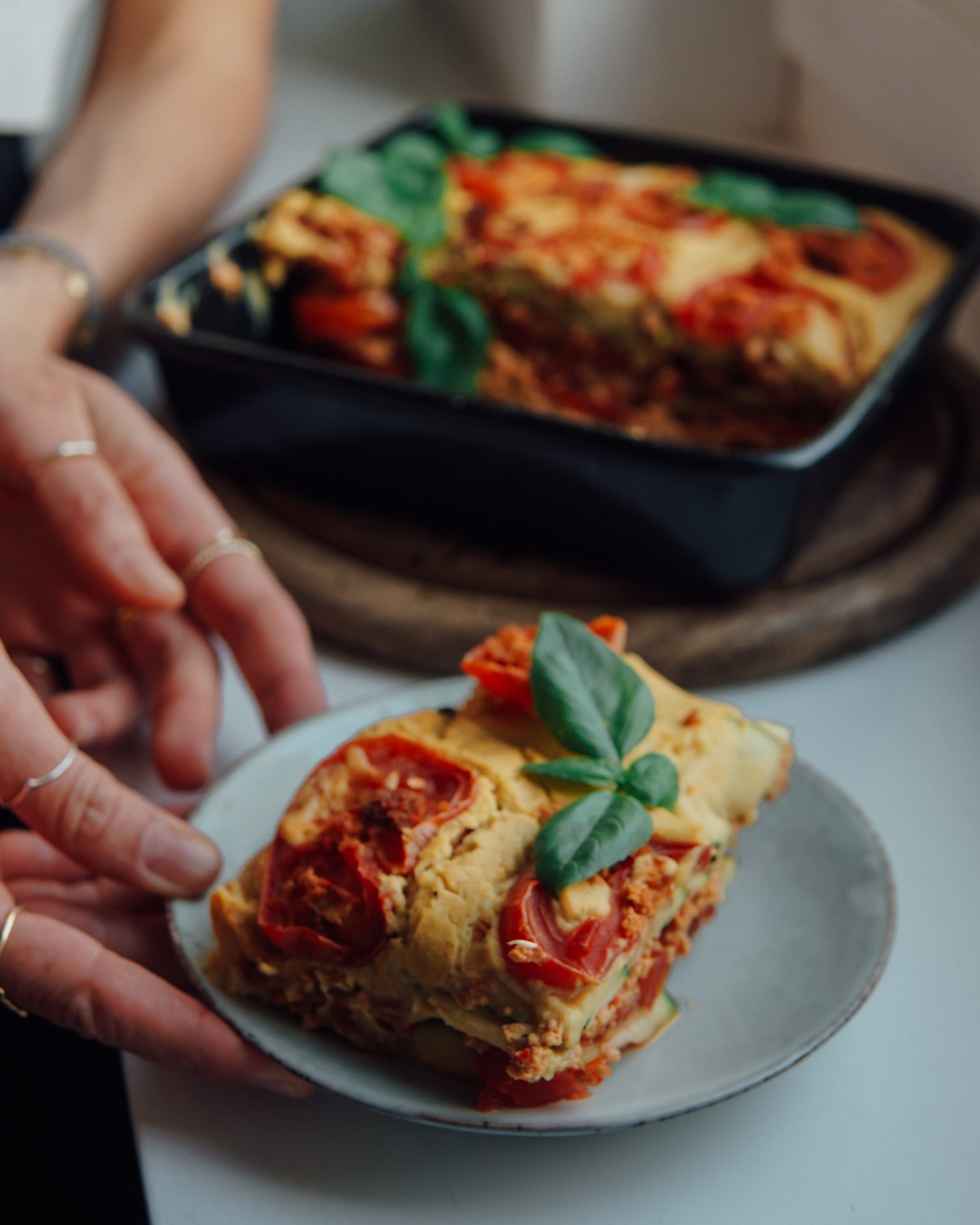
- 1 small casserole dish (mine is 20x20)
- 7-8 medium tomatoes
- 1 medium zucchini
- 250 g tofu (paprika tofu or smoked tofu)
- *Sauce:*
- 150 g chickpeas from a jar, washed
- 200 ml vegetable broth
- juice ¼ lemon
- 2-3 tbsp yeast flakes
- 3 tsp nutmeal
- 1 clove of garlic or 1 tsp garlic powder
- Salt and pepper to taste
- Optional coconut aminos.
- For the sauce, mix all ingredients in a blender until creamy, season with salt and pepper to taste.
- For the lasagna:.
- Cover the bottom of the baking dish with tomatoes, sprinkle with tofu and cover with zucchini. Put some coconut aminos on the zucchini, or salt and pepper. Then put the ¼ of the white sauces on top and continue layering until the casserole dish is full.
- Finish with the chickpea sauce, and decorate with tomatoes and tofu crumbs.
- Bake the casserole in the microwave for 15 minutes until done.
- Serving size: 1 Calories: 402 Fat: 17 Saturated fat: 2.4 Carbohydrates: 25.4 Sugar: 12.6 Fiber: 13.9 Protein: 29.4
- Notes
- For the lazy version, you can also mix hummus with vegetable broth and yeast flakes for a gravy consistency.
and nutritional yeast, so you get a nice sauce consistency.
I’m still new to the microwave-business and may learn a lot in the following weeks. I’m already super excited about the yogurt setting. I’ll be testing this very soon. And I’m warning you, there will be a lot of “single-serve” cakes I’ll bake :).
Do you have a microwave oven yourself or do you want one? If so, feel free to drop me a recipe request in the comments section or on Instagram.
Studies:
https://www.bbc.com/future/article/20200714-is-it-safe-to-microwave-food
Microwave processing fundamentals and application
Recent advances in the effects ofmicrowave radiation on brains Electromagnetic Radiation and Human Health__A Review of Sources and Effects__Fluor Corporation Biological Effects of Radio-FrequencyMicrowaveRadiation Variations of vitamins (A, C and E) and MDA in apricots driedin IR and microwav
Microwave:


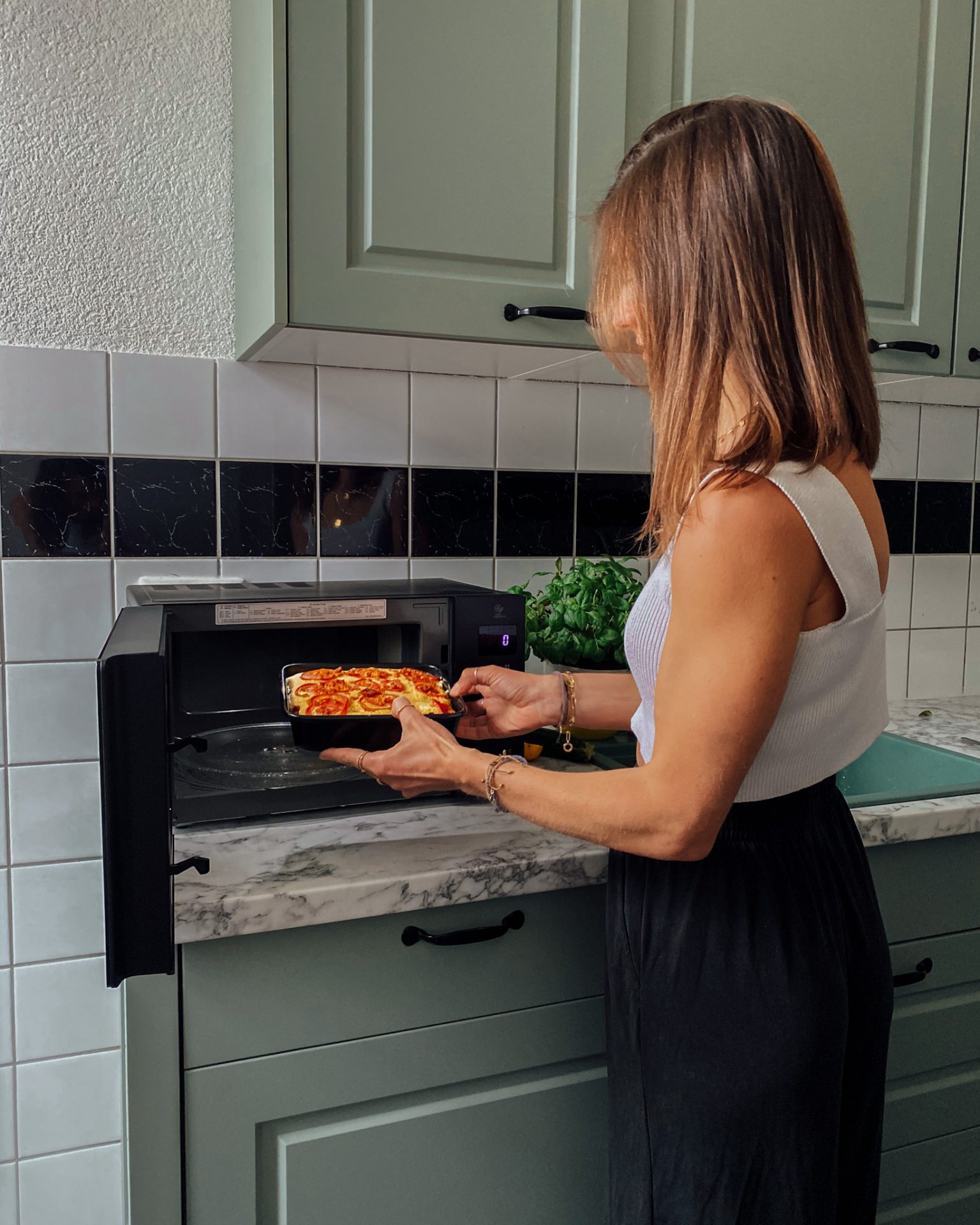



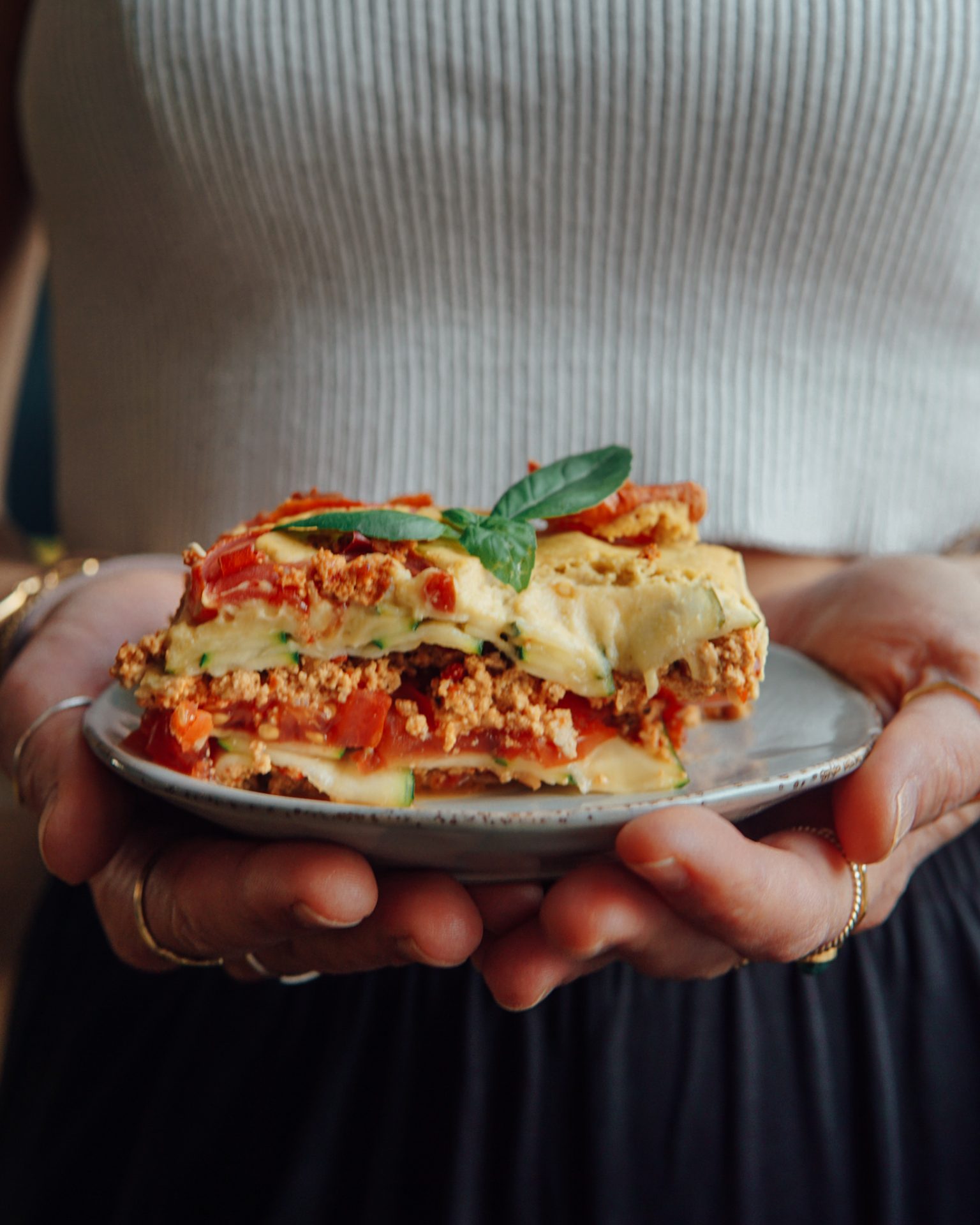
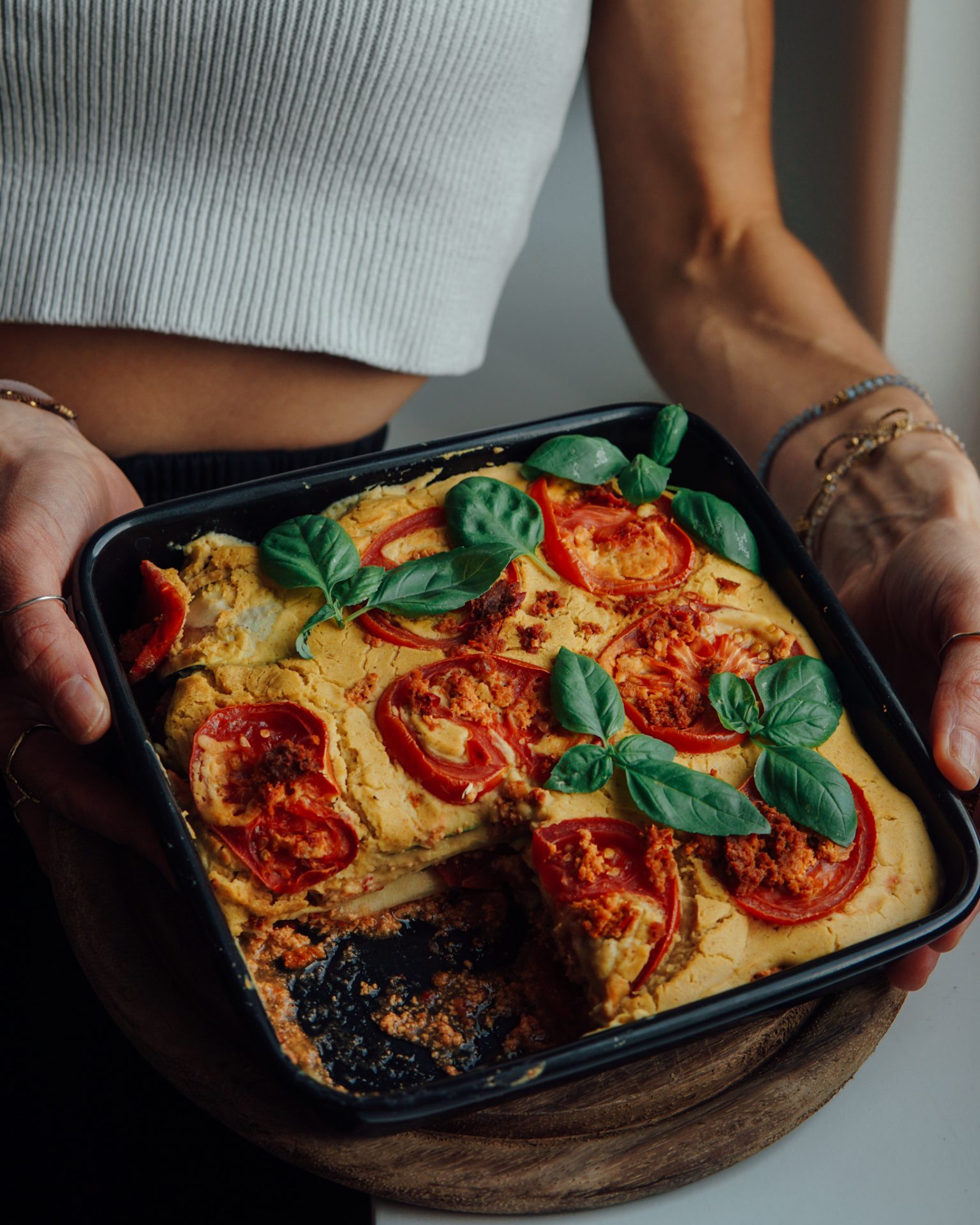
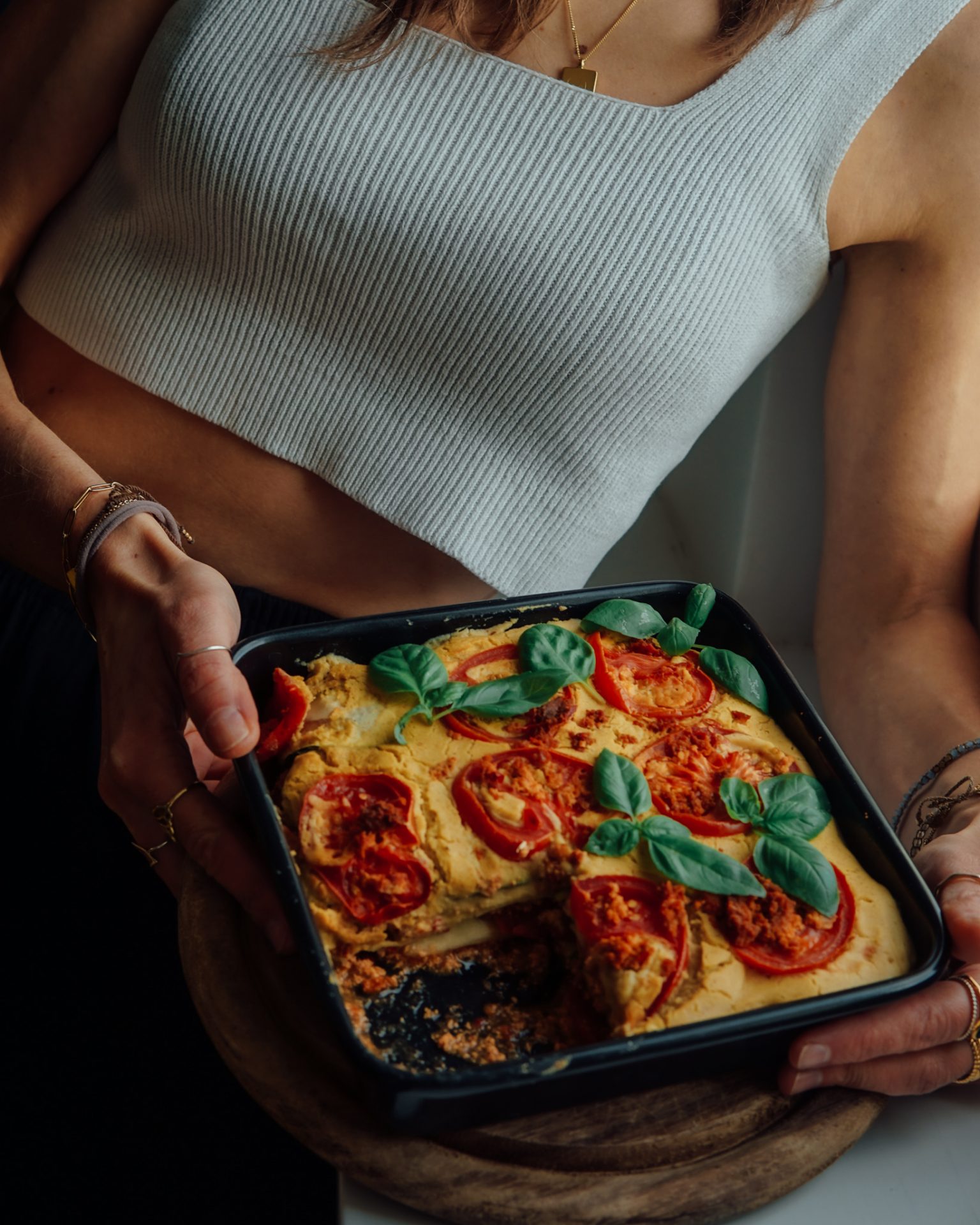


Leave a Reply